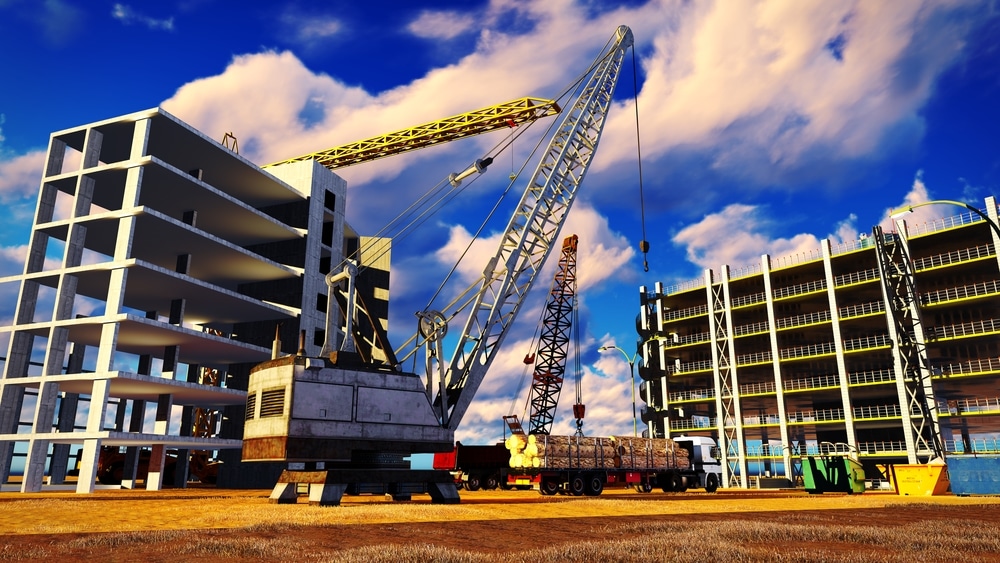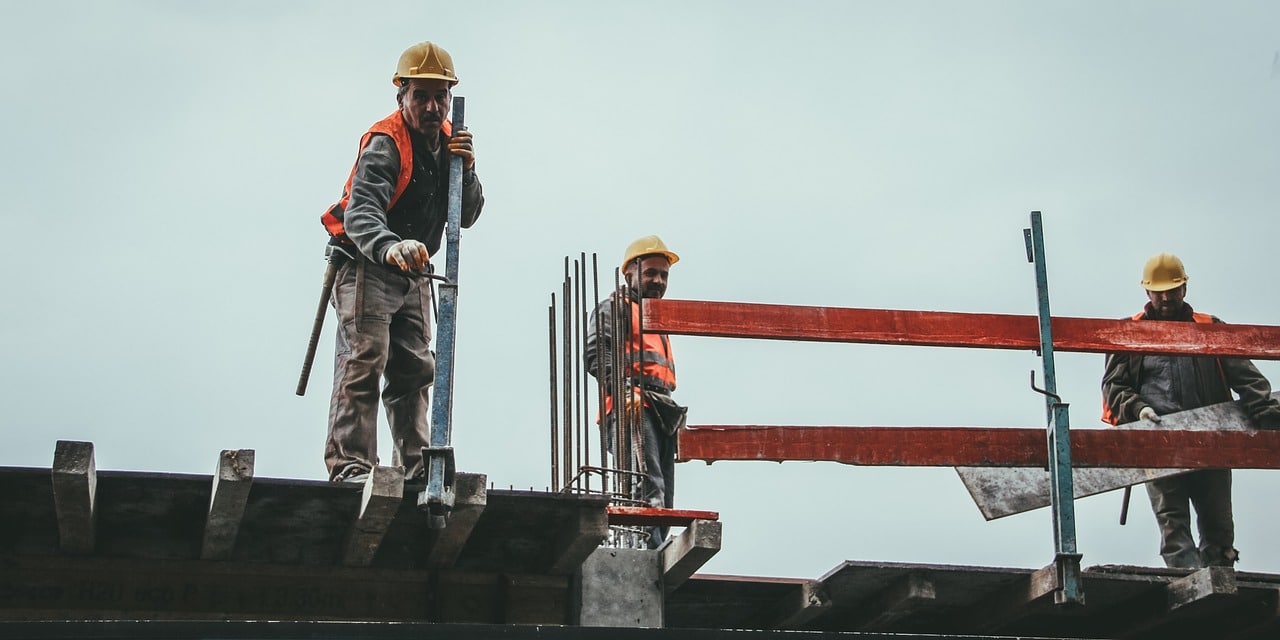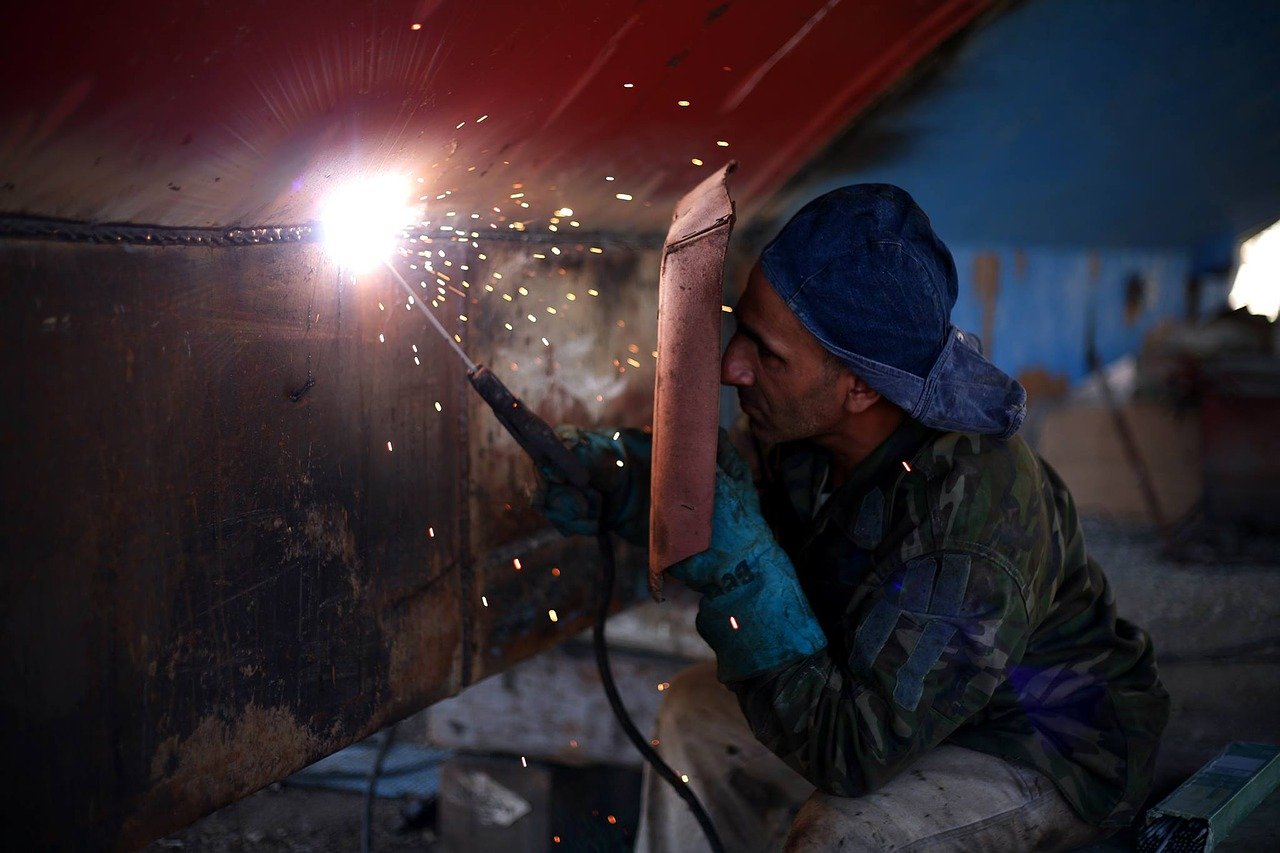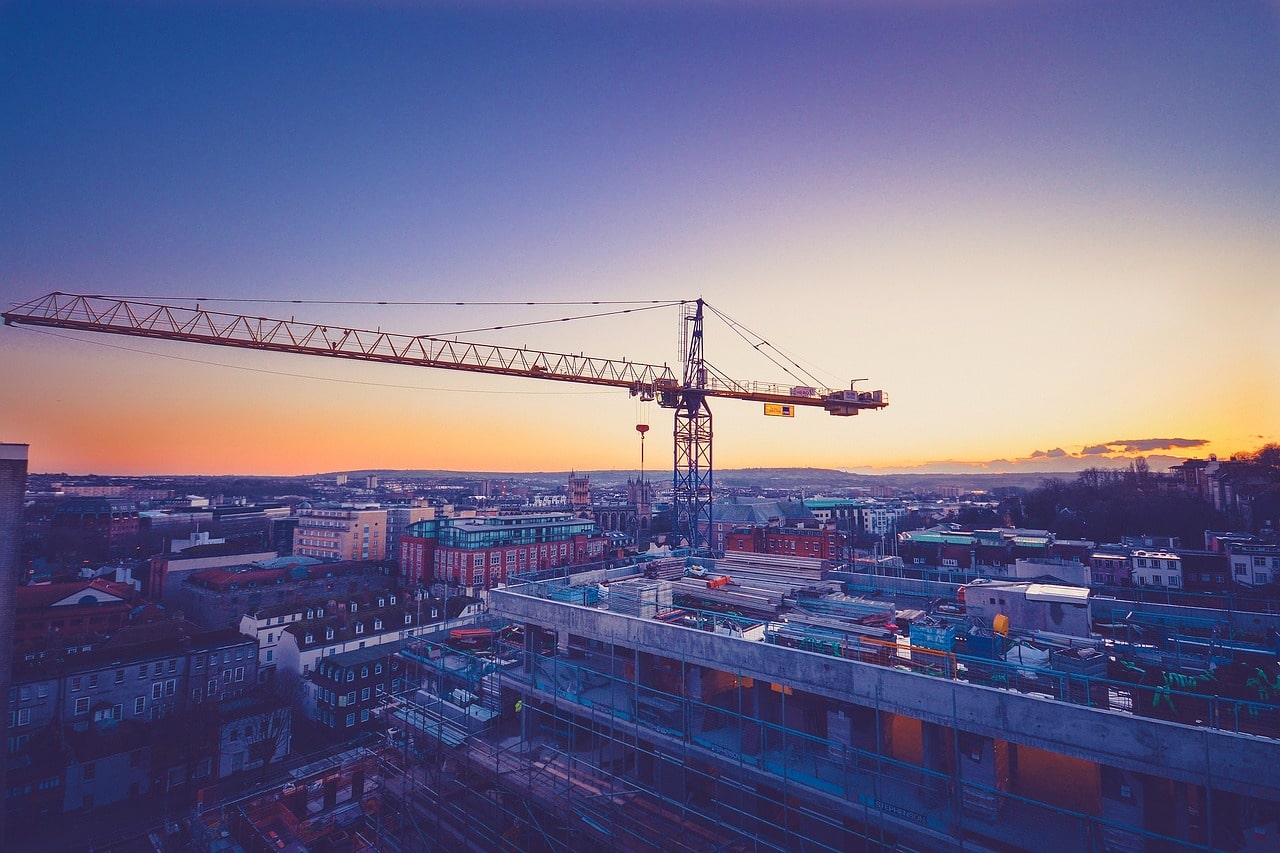What are the main stages of construction projects?
- The concept of a project
- Design
- Pre-construction stage
- Procurement stage
- Construction stage
- Post-construction stage
For every stage of a construction project, from the simplest to the most complex, there are certain steps and processes that need to be followed to ensure a successful outcome.
Projects in construction may vary based on their size, the number of stakeholders involved, budget and delivery date. Regardless of the case, though, a construction project is always a long and demanding process.
The good news is that with the continuous progress of digital solutions, the management of the different project phases can now be done much easier and with higher precision. On top of that, the collection of valuable data from the field can play a decisive role in improving, and ideally, standardising the construction process for future projects.
In a nutshell, here are the 6 stages of a construction project and what you should know about them:
1. The conception of the project
Normally, the conception of the project starts with the client. This is where the dream begins as well as the research for the right location and the specifications/standards that should be followed.
Depending on the project, the conception stage might vary. It can take anywhere from a few days to a few months or more, depending on how imminent is the need for the completion of the project.
It goes without saying that construction workers usually don’t have much input during this stage, as the ball is still in the hands of the project owner.
2. Design
Once the project is closer to fruition, it is time to sit down and talk design. This is still a preliminary stage, which means that nothing is guaranteed at this point. Nevertheless, design is the stage where usually the bidding process begins.
The team that is in charge of the design, led by an architect or an engineer, will need to make sure that each of the state regulations and codes is met while respecting the vision of the project owner as well as ensuring that the newly built structure will be usable.
There are normally four different steps within the design stage and they include programming and feasibility, schematic design, design development, and contract documents.
During the programming and feasibility step, each of the objectives and goals of the project has to be outlined. Numerous decisions are made at this stage, including how large the building will be, how space will be used, and how many rooms will be needed.
The schematic design is a sketch that will show the space as well as materials, colours, and even textures. That sketch will be used during the design development to research the equipment needed, along with the cost for them and the materials being used.
Once the contract documents are drawn up, everything is close to being finalised, because they contain the final drawings and specifications. These documents are used in the construction field by those placing bids to work on the project.
3. The pre-construction stage
The next stage of a construction project begins when the bidding is completed and the contractor has been chosen to do the work. As soon as the contractor is chosen, the project team is put together.
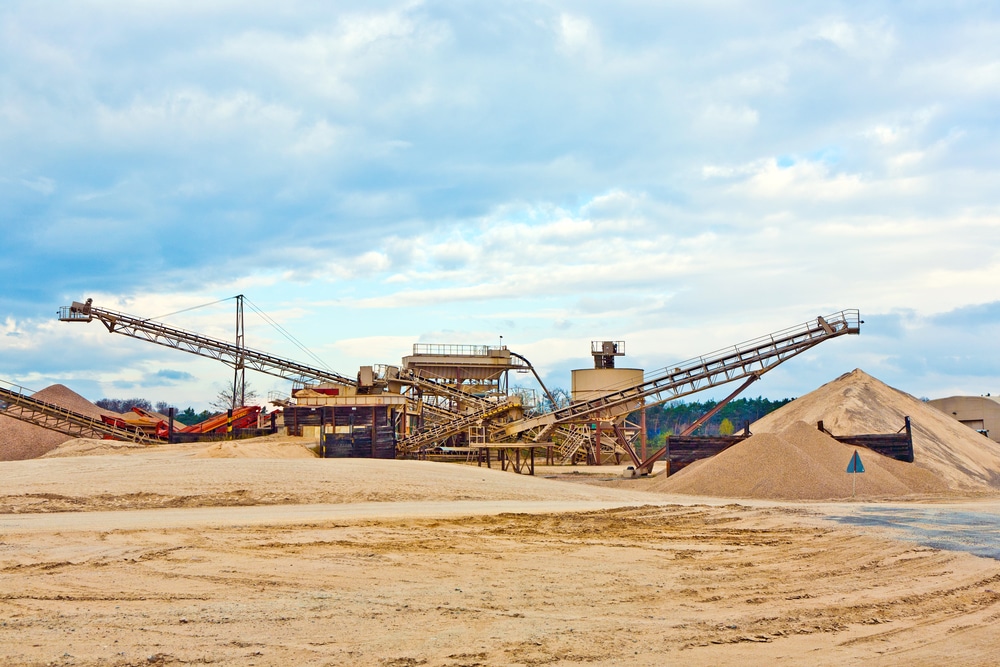
Typically, a project team has the task to prepare the construction site before the work begins. As a rule, it consists of the following specialties:
- Contract administrator
- Project manager
- Superintendent
- Field engineer
- Health and safety manager
In close collaboration with the contractor, the project team is responsible for visiting the field in order to complete a site examination. The site examination will allow the project team to detect or predict any environmental challenges that might emerge during the building process. Soil testing is also an integral part of this step.
When all information is collected, all plans and findings should be reviewed by the city authorities. This is usually a long procedure, as all concerns and opinions should be heard and addressed.
4. The procurement stage
Now it’s time for the project team to order and obtain materials, equipment, and workforce. This stage of the project can be more or less complex and challenging depending on how big the project is, the available resources and the agreed start date.
Many of the big construction companies have their own procurement departments. In such cases, it is common that the construction company will simultaneously order labourers, equipment and materials for a number of projects. This process might vary a lot in smaller projects.
Find also: Streamlining the construction process – 6 smart approaches
All this work is usually performed by the general contractor, however, there are times when subcontractors will be in charge of certain parts. The subcontractors may be responsible for hiring their own workers or obtaining their own materials so that they know that they have exactly what they need to complete their portion of the job.
5. The construction stage
Before the construction work begins, a pre-construction meeting is done to ensure that everyone is on the same page when the construction starts. This meeting normally includes information about the following topics:
- how to access the job site
- the quality control of the project
- how and where to store all the materials
- the hours that everyone will be working
Each worker may be given their own schedule. It is also important to note that the schedule of each project agent might vary depending on their role. This is especially true for subcontractors who need certain parts of the job completed before they can begin their portion. It easily becomes evident that bad planning at this point can lead to serious delays and budget overruns.

Once the meeting is over and there are no lingering questions, the very first step of the project can begin. The goal at this point is to have planned everything so carefully that everything goes off without a hitch. Of course, that rarely happens, as something always goes wrong during a construction project.
To avoid pitfalls, while planning your construction project, you should use some kind of digital solution.
6. The post-construction stage
Last but certainly not least, the post-construction stage. Now that all the work on the job site has been completed, the project will soon come to a close.
Nonetheless, there are still a few steps that need to be done before the keys to the building can be handed over.
In general, the final stage of the construction project is divided into three critical steps:
a. New construction building commissioning
First things first, an inspection of the whole building needs to be done. If everything is done correctly, these inspections are fairly simple to pass.
The reason is that other inspections should have already been completed during the entire project. It is during those previous inspections that issues should have been found and corrected.
Read here: Snagging in construction – a comprehensive guide
As soon as everything has been checked, it is time for the project team to train the client in operating and maintaining the newly built structure. That is a step of considerable importance as it will contribute to increasing the lifecycle of the project.
b. Owner occupancy
Now that the training is completed, the owner can take over the building. This is when the warranty period is on. In that way, the project owner can feel safe that there is enough time to examine all the different systems, equipment, and materials that have been installed.

There are three main types of warranty in construction:
- Express warranty: It is normally included in the contract.
- Implied warranty: It is imposed by law.
- Statutory warranty: It is introduced in a state’s regulations.
c. Closure
That is the last step in the long process of designing and completing a construction project. The project team has to overall contractual agreements and make sure that the project is free from any type of legal burden.
At this point, it is also a good practice to carry out a post-project review which could help the different agents to detect any tasks that weren’t completed, analyse why this happened and put together a list of insights for the future.
A post-project review can also be the foundation for the creation of an in-depth project completion report.
Final word
At the end of the day, every stage of a construction project is a chain of tasks, decisions, and numerous tools. Its complexity depends vastly on the size and type of the project but there are always some core steps that can’t be skipped.
Impeccable communication between the different stakeholders and fact-based decisions are two fundamental pillars in the effort of streamlining a construction project and making sure that all phases will be developed and completed within the agreed timeframe and budget.

